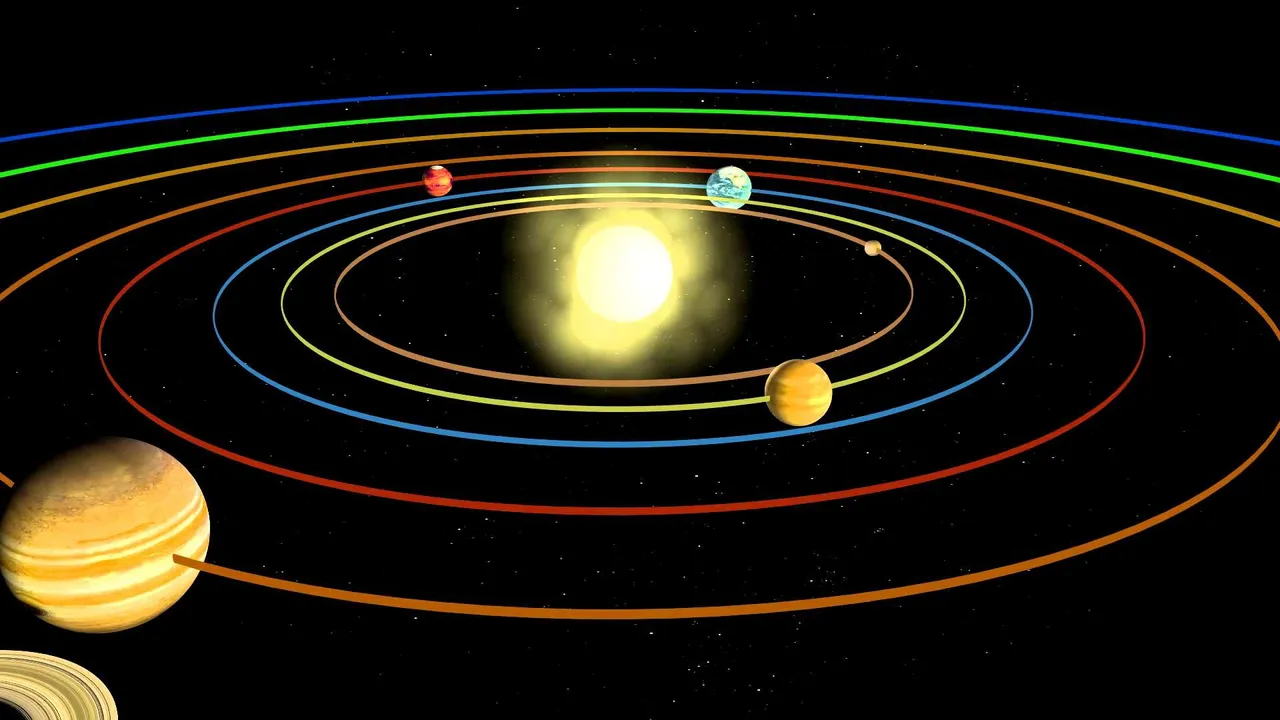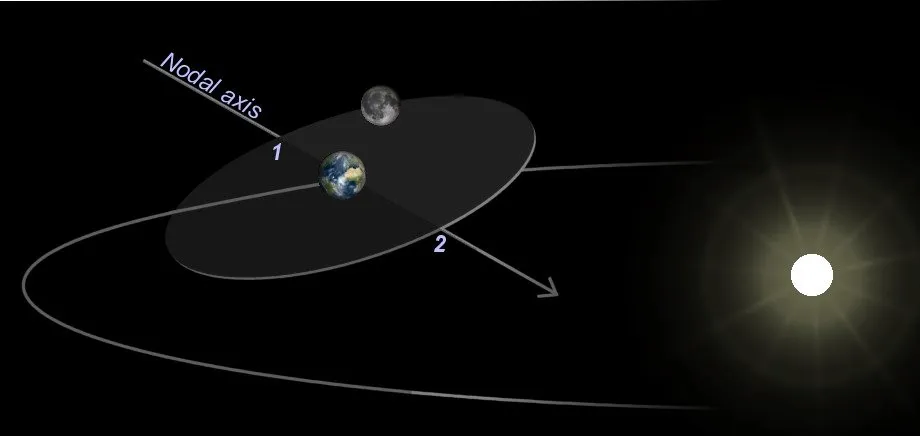All magnets have a magnetic field, an area around a magnet where its magnetism affects other objects. Stronger magnets can generally attract magnetic materials from a farther distance than weaker magnets.
The magnet in the video below has a magnetic field with a length of 60 cm.

In the presence of magnetic fields, non-magnetic material magnetize, and its electrons and protons are pulled to the positive pole and the negative pole respectively, the material itself becomes a magnet, which is why a compass needle aligns itself in direction of the magnetic field as well as being pulled with a net downward movement.

The net downward movement is a result of that the charges are pulled towards opposing poles, and that is the reason you fall to Earth, and also the reason the Earth finds an equilibrium position between the suns’ magnetic poles.


The moon orients itself from electromagnetic attraction to Earths’ north and south pole
With the electron and proton model of electrical charge, that the moon orient itself in between the Earths’ magnetic poles, is a result of reaching harmonic resonance within the Earths’ magnetic field, with electromagnetic attraction and repulsion.

What is explained with gravity is a result of charge, not mass
When gravity was conceived in the 1600s, electricity had not yet lit up the world, and there was no reference frames for thinking in terms of electro-magnetic phenomena, and despite that, Newton brilliantly approximated how electric charge is attracted and repelled within magnetic fields, from looking at just one side of it, attraction, and modelling it as a product of mass rather than charge. Since that indirectly measured the charge of the masses which is in proportion to the size of the masses, gravity as a concept was a good enough model for the world before the space age and the 21st century.